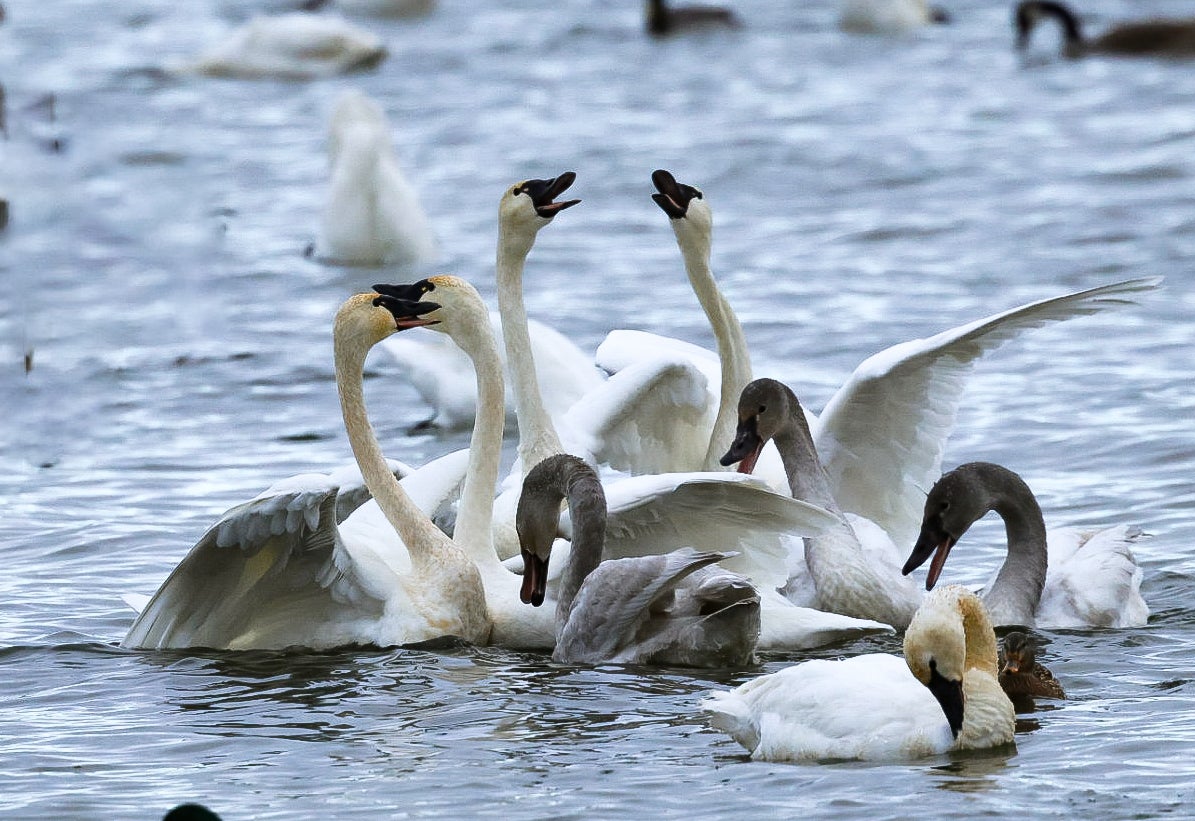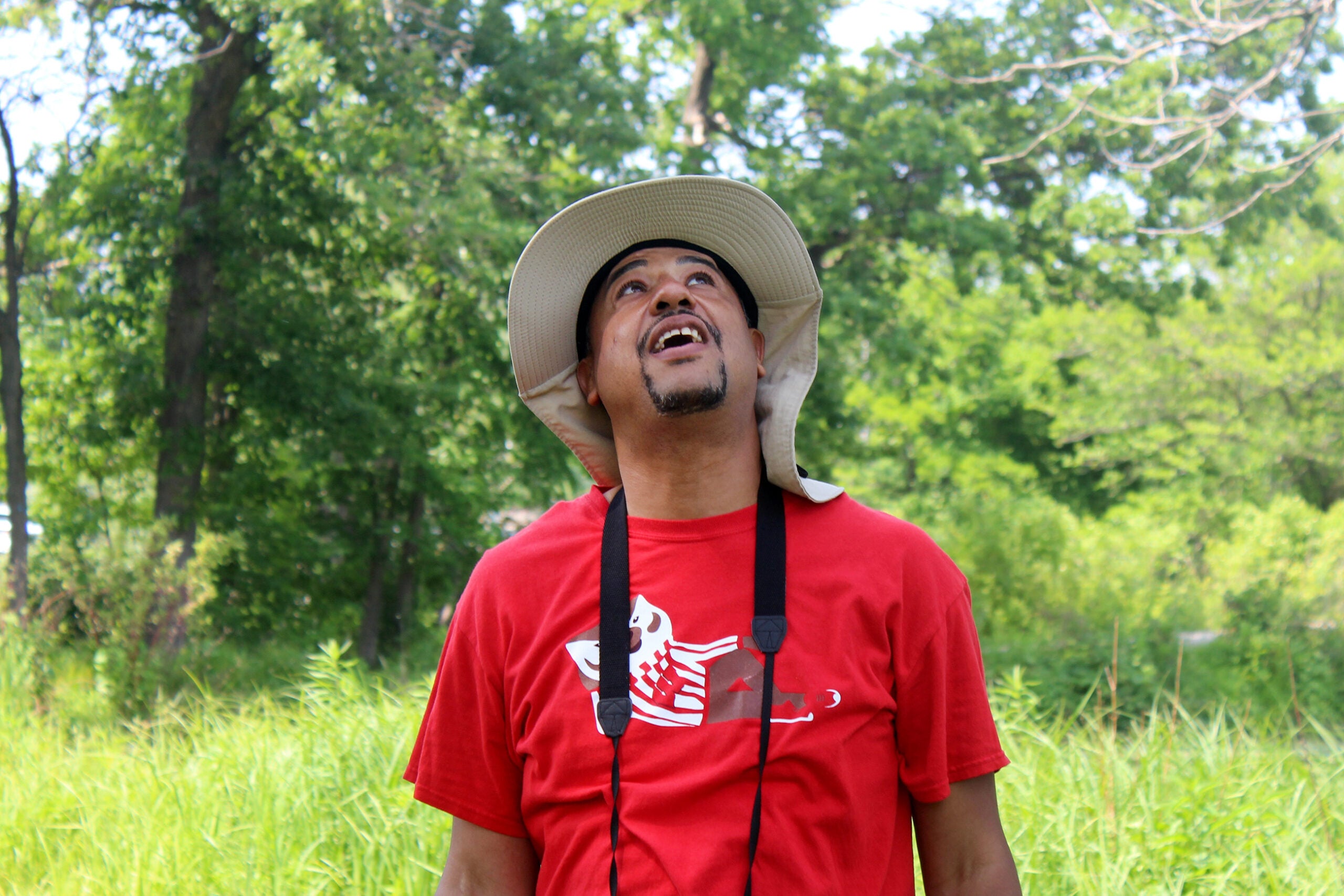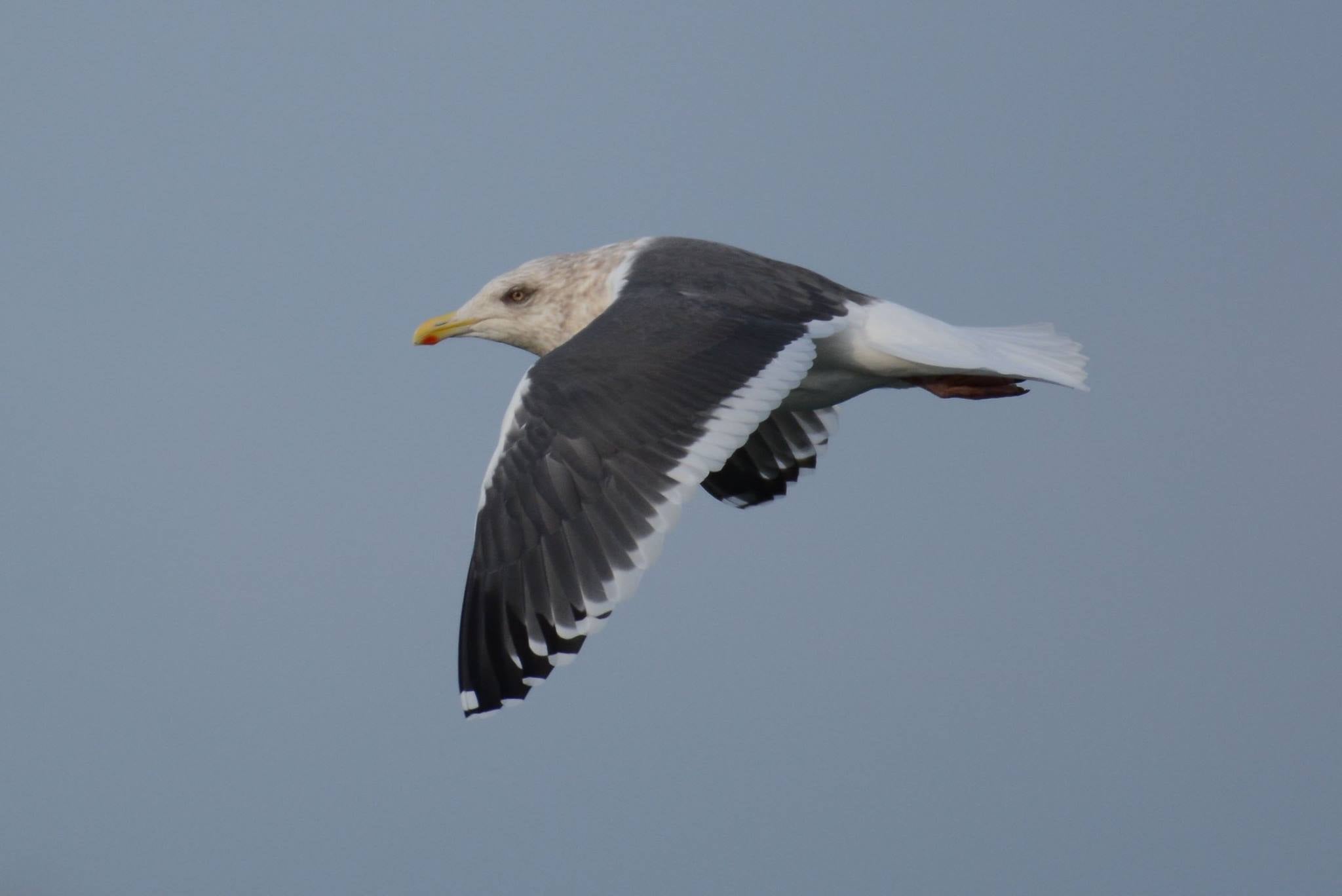Seeing a bird in the wild is a common experience, but how often can you put a name to the creature? After all, there are hundreds of species to choose from, and that’s not even taking into account the additional variations. Our guest expert has an easy framework for helping amateur and expert birders alike better identify…and appreciate…the birds around us, and he’s sharing his best tips with us.
Featured in this Show
-
New Book Offers Helpful Guide To Identifying Birds
When you step outdoors in Wisconsin, you’re bound to hear birds singing. But identifying what exactly that bird is, isn’t always as straightforward.
Brian Sullivan hopes to tackle the confusion in his new book the “Peterson Guide to Bird Identification in – 12 Steps,” co-authored with Steve N.G. Howell.

Vireo. Tom Benson (CC BY-NC-ND)“People see birds every time they’re outside,” Sullivan said. “And birds are, you know, I think amazing windows on nature. I think they are the only organism out there that we can observe sort of readily every day.”
Wisconsin is just approaching the peak of spring migration for eastern land birds and wood warblers, Sullivan said, making it a great time to get out and go birding and hear many different birds.
Sullivan takes a different approach to identifying birds than many traditional bird identification books that feature anywhere from 600 to 900 species.
“People end up just sort of looking at the bird and trying to match the picture in the book with what they see and that can be very difficult … if you don’t know what to look at, or you’re not considering other things, that make bird identification actually a lot easier than it might seem,” he said.
The book is separated into a 12-step framework that teaches bird enthusiasts the major things to look out for that will help limit your choices quickly — like location and habit. Below are four standout steps to adopt.
Taxonomy
Taxonomy is the fundamental basis to birding, and something that people tend to ignore, Sullivan said. It’s simply the ordering of birds from the most primitive to the most evolved.
For example warblers all share certain features like bright plumages and short, relatively pointy bills. Whereas vireos look similar, but have blunt, thicker bills with little hook tips, he said
“Those kinds of things, just learning those differences at the higher levels in these groups of birds can be really, really helpful,” he said. “Understanding taxonomy can really help a birder understand how groups of birds behave and how they look,” he said.

Warbler. Tom Benson (CC BY-NC-ND)Sound
“Learning to identify birds by sound is really difficult,” Sullivan said. “The main thing with learning birds by ear is really focusing in on learning the common birds in your yard, starting with, you know, the cardinal that’s always in your tree top.”
And once you master that starting point, you can get to a point that you will be doing 90 percent or more of your bird identification just by ear, he said.
Sullivan recommends downloading the free mobile app, Merlin Bird ID, which allows you to practice listening to sounds and looking through photos of birds that are limited to the birds around you.
Location
Location is the underlying base that experienced birders often take for granted, and beginners don’t pay enough attention to, he said.
“The initial impulse I think with birders is a visual one,” Sullivan said. “They look at the bird and they pick up a field guide and they want to immediately match the bird. They forget about the little things that are off to the side, like range maps.”
Those range maps are really important because they will tell you whether that bird is likely where you are on that date, he said. And birds are amazingly predictable in their timing when it comes to migration.
Habitat
Habitat is different from location in a lot of ways, but they do go hand in hand when identifying a bird, Sullivan said.
“The habitat a bird is in can be anything from the large-scale habitat like, you know, whether it’s in a marsh or a coniferous forests,” he said. “Location is all about limiting your likely choices … and how can you get that down to a reasonable few to really focus on.”
Episode Credits
- Larry Meiller Host
- Chris Malina Producer
- Brian Sullivan Guest
Wisconsin Public Radio, © Copyright 2025, Board of Regents of the University of Wisconsin System and Wisconsin Educational Communications Board.






